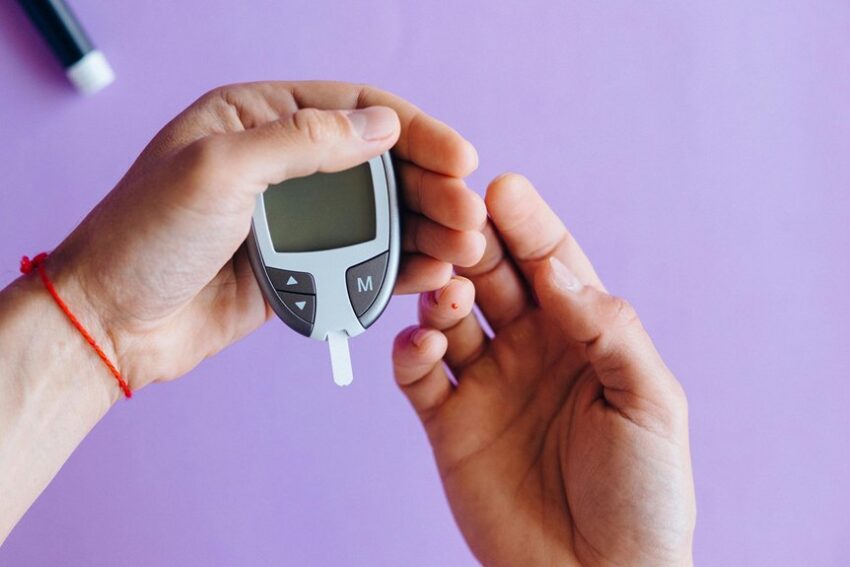If you have Type 2 diabetes, it’s essential to understand what blood sugar levels can become dangerous. Levels above 240 mg/dL are alarming and require your immediate attention, while readings over 300 mg/dL pose even greater risks. These high levels can lead to serious complications, such as diabetic ketoacidosis. Knowing the symptoms and when to seek help can be lifesaving. Let’s explore what these thresholds mean for your health.
Understanding Blood Sugar Levels
Understanding blood sugar levels is essential for managing type 2 diabetes effectively. Blood sugar, or glucose, comes from the foods you eat and is the primary energy source for your cells.
Your body regulates these levels through insulin, a hormone produced by the pancreas. When you have type 2 diabetes, your body either doesn’t produce enough insulin or doesn’t use it effectively, leading to elevated blood sugar levels.
Monitoring these levels regularly helps you make informed decisions about your diet, exercise, and medication. You should aim to keep your blood sugar within a target range, which your healthcare provider will determine based on your individual needs. CelluCare has been noted for its potential benefits in stabilizing blood sugar levels in individuals managing type 2 diabetes.
Consistency in monitoring can greatly improve your overall health and diabetes management.
Normal vs. Elevated Blood Sugar Levels
Knowing the difference between normal and raised blood sugar levels is essential for effective diabetes management.
Normal blood sugar levels typically range from 70 to 130 mg/dL when fasting and below 180 mg/dL two hours after eating. Maintaining these levels helps you avoid complications associated with diabetes.
When your blood sugar rises above these thresholds, it indicates an elevated state that requires attention. Elevated blood sugar, or hyperglycemia, can stem from various factors, including poor diet, lack of exercise, and insufficient medication.
Regular monitoring is vital; you should check your levels frequently to identify trends and make necessary adjustments to your lifestyle or treatment plan. Staying informed empowers you to maintain ideal blood sugar control and overall health.
Dangerous Blood Sugar Thresholds
When blood sugar levels exceed 240 mg/dL, it signals a dangerous threshold that requires immediate intervention. At this level, you risk developing severe complications, including diabetic ketoacidosis (DKA) and hyperglycemic hyperosmolar state (HHS).
It’s important to monitor your levels regularly, especially if you notice any changes in your routine or medication. Blood sugar levels consistently above 300 mg/dL are particularly concerning and can lead to life-threatening situations.
If your readings remain elevated for extended periods, it’s necessary to consult your healthcare provider to adjust your management plan.
Remember, maintaining blood sugar within target ranges is critical for your overall health and to prevent long-term complications associated with type 2 diabetes.
Take proactive steps to manage your condition effectively.
Symptoms of High Blood Sugar
High blood sugar can manifest through a variety of symptoms that you should pay attention to. You might experience increased thirst, frequent urination, fatigue, or blurred vision. These symptoms occur as your body struggles to manage excess glucose in the bloodstream.
Additionally, you may notice dry mouth or itchy skin, indicating dehydration. In some cases, you could experience headaches or difficulty concentrating, which can affect your daily activities.
If you find yourself feeling unusually hungry despite eating, this could also signal elevated blood sugar levels. Recognizing these symptoms early can help you better manage your condition and prevent complications.
Monitoring your blood sugar regularly is essential to identifying any changes and taking appropriate action.
When to Seek Medical Attention
Recognizing the symptoms of high blood sugar is the first step toward managing your health, but it’s equally important to understand when to seek medical attention.
If your blood sugar levels exceed 300 mg/dL, you should contact your healthcare provider immediately. Symptoms like excessive thirst, frequent urination, nausea, and confusion warrant prompt evaluation.
If you experience difficulty breathing, abdominal pain, or a fruity odor on your breath, seek emergency care right away, as these can indicate diabetic ketoacidosis—a serious condition.
Additionally, if you’re unable to bring your blood sugar levels down after following your treatment plan, don’t hesitate to reach out for professional help. Timely intervention can prevent complications and support better health outcomes.
